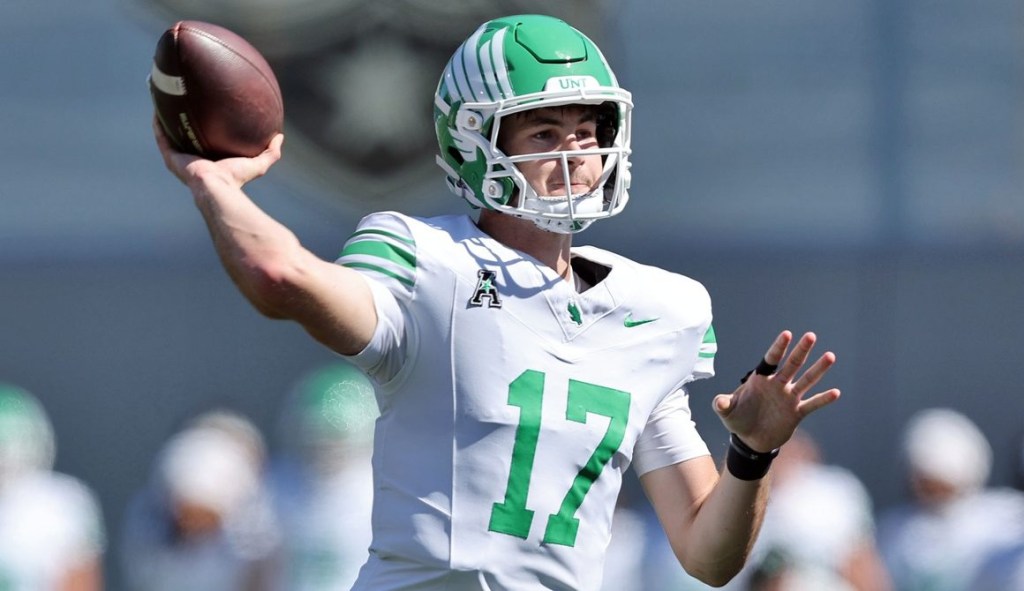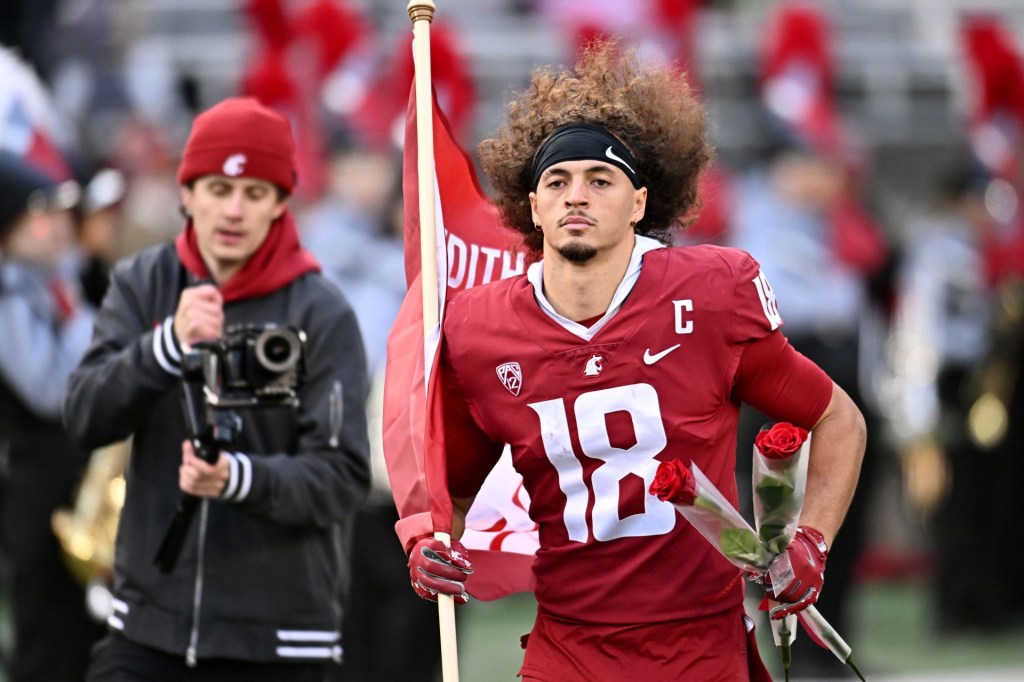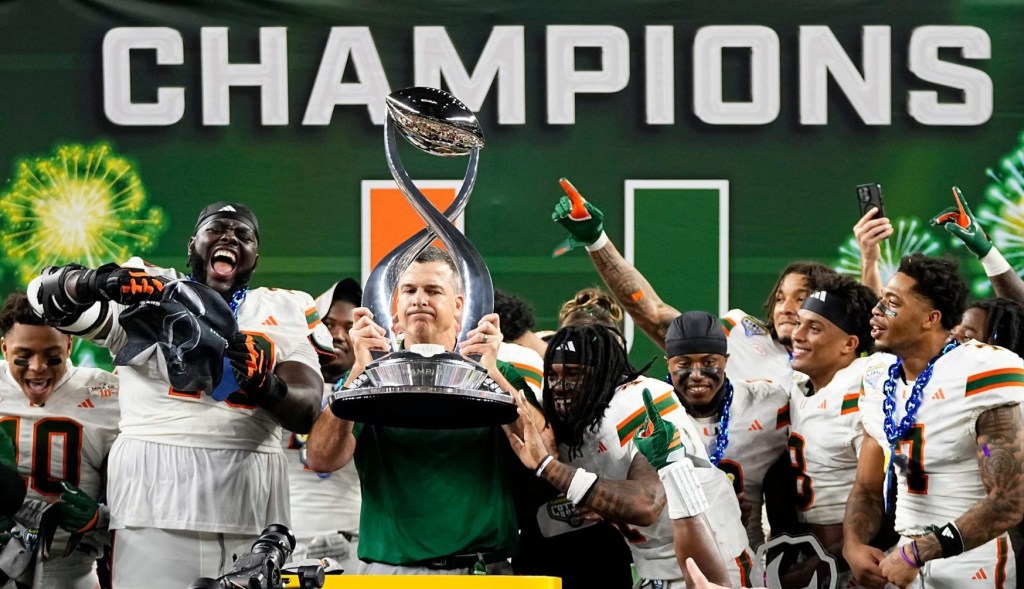It wasn’t just the amenities. Men’s and women’s teams weren’t even getting the same caliber of testing.
While men’s teams receive daily PCR tests, women’s teams get less accurate daily antigen tests, with PCR tests only as supplements.
Preferential Treatment
In each step of the planning process, the NCAA released updates, from location to safety protocols. But men’s information came first, and women’s updates followed weeks later. Staley said this eroded trust from the beginning.
In a statement released in January, the NCAA said men’s players would receive daily PCR tests. The women’s press release — published more than a month later — said they would also receive daily tests. But it didn’t specify what kind.
Five days later, FOS asked an NCAA spokesperson to clarify which tests women’s teams would get. They directed FOS to the aforementioned press release.
When FOS followed up seeking clarification, the spokesperson never responded.
Truth and Excuses
On March 19, as the social media firestorm grew, a report surfaced that women’s teams were, in fact, receiving antigen tests.
FOS reached out again to the NCAA to clarify. Still no response. (This was a few hours after officials apologized for weight room and food disparities.)
Later that day, UConn women’s coach Geno Auriemma confirmed the testing differences and said no one had given him a reason why.
Emmert later told three outlets that while he regretted other inequities like weight rooms, “health experts” had assured him that plans for keeping athletes safe in both bubbles were adequate.
“I’ve heard a lot of excuses from big people,” South Carolina guard Zia Cooke told reporters Friday. “I really don’t agree with that.”

















